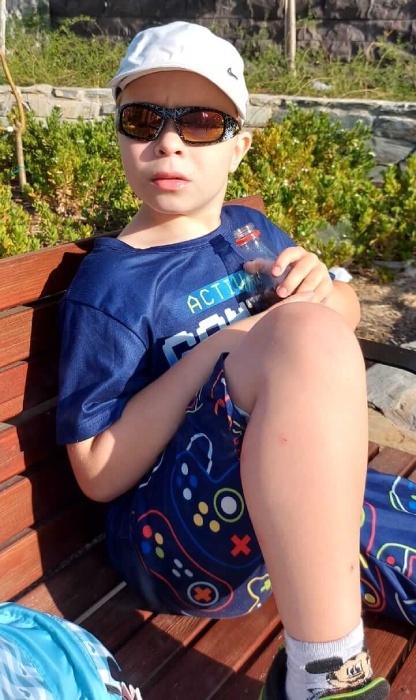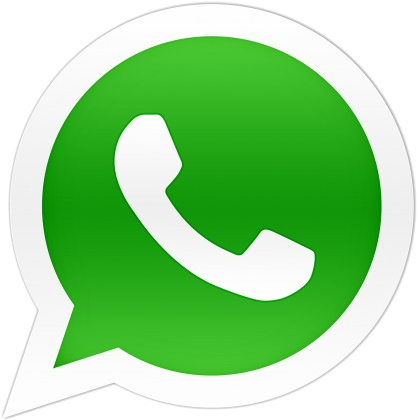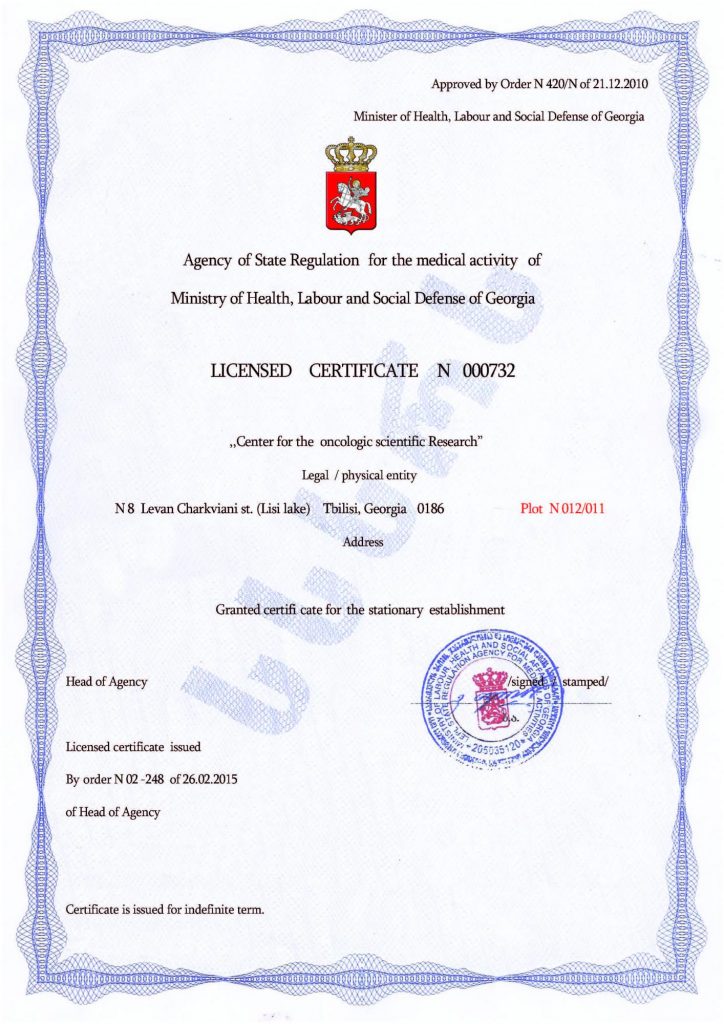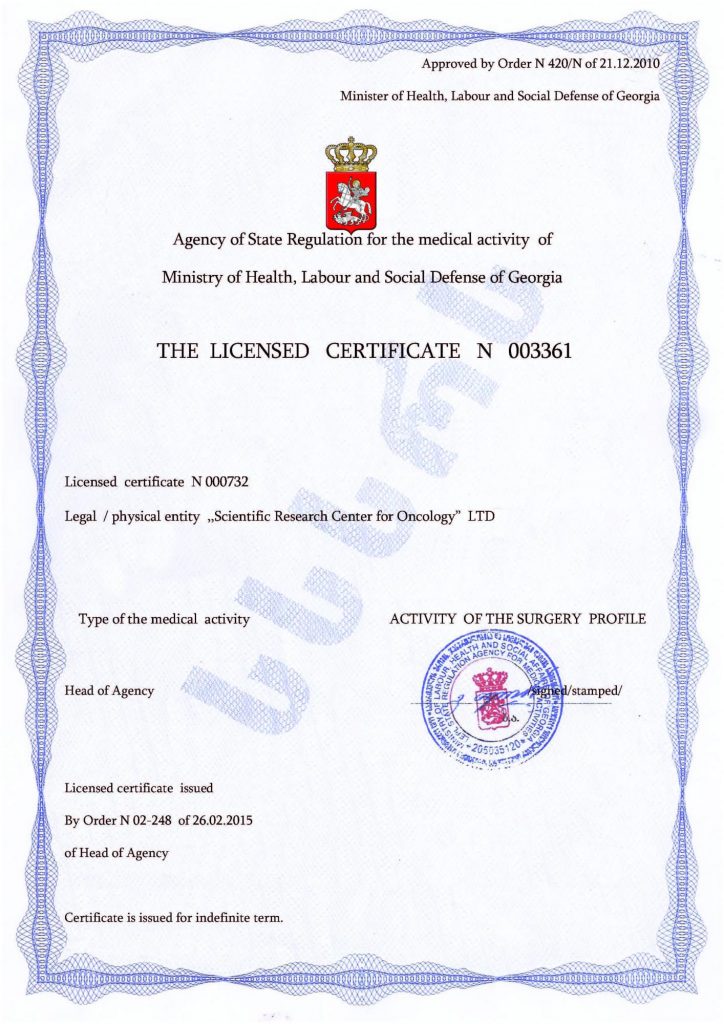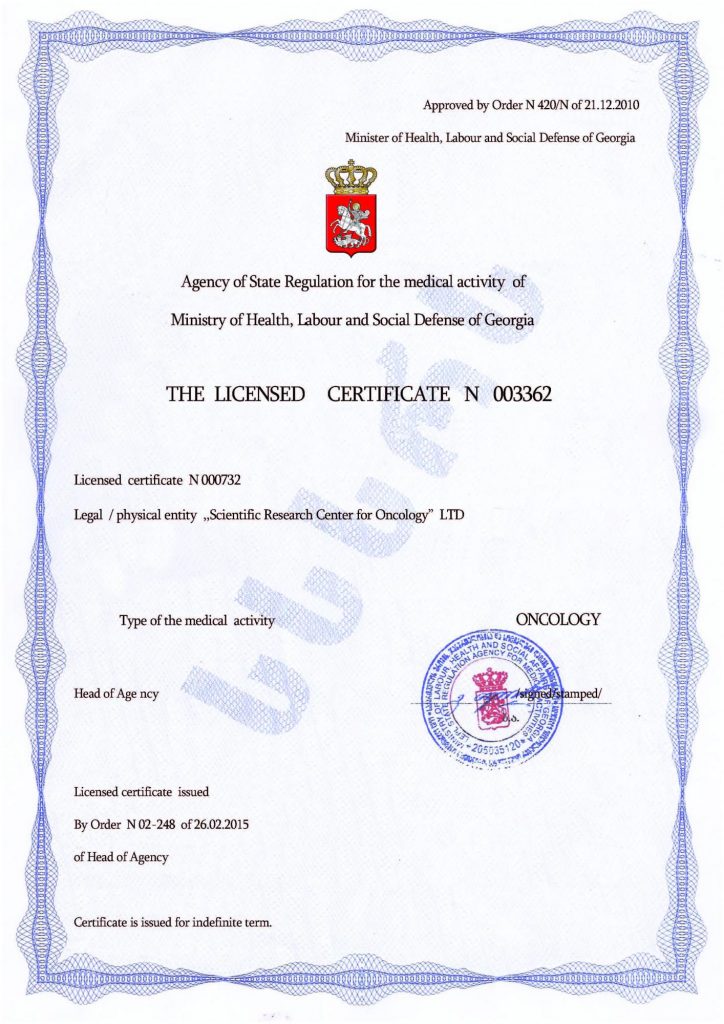Amplipulsetherapy (SMCT Therapy)
SMCT (sinusoidal modulated current therapy), or amplipulsetherapy, is a physiotherapeutic technology based on the therapeutic effect on the child’s body using alternating sinusoidal currents.
It is a non-invasive, painless, and safe procedure. It is often included in the neurorehabilitation program for patients with behavioral and speech disorders, which are characteristic of many conditions, including autism.
Features of Amplipulse on the Root of the Tongue in ASD
Sinusoidal currents can deeply penetrate the skin and reach muscle tissues, eliminating atrophic processes within them. This helps improve the function of the speech apparatus and stimulates muscle activity. The procedure may be prescribed in combination with drug therapy.
It also reduces tissue swelling, venous congestion, and improves blood supply. Additional effects include the normalization of peripheral and central hemodynamics, supporting the tone of peripheral, spinal, and brain arteries. SMT therapy also enhances lymphatic and venous drainage and accelerates diffuse and metabolic processes in the cerebral cortex.
Therapeutic Effectiveness of Amplipulse in ASD
The therapeutic effectiveness of amplipulse in ASD occurs because muscle fibers rhythmically contract when exposed to sinusoidal currents. This improves blood circulation in the treated area and accelerates metabolic processes. The restored activity triggers adaptive and compensatory processes. The reserve capabilities help compensate for impaired functions.
The amplipulse procedure is recommended for children with autism because:
- It can be combined with various therapeutic methods, enhancing the overall effectiveness.
- It has a limited list of contraindications.
- It produces good and lasting results.
- It allows for the selection of an individual mode and pace of therapeutic impact for each patient.
Benefits of Amplipulse Procedure for Autism
The procedure is particularly beneficial for:
- Delayed mental and speech development
- Impaired communication skills
- Alalia
- Intellectual anomalies
- Hyperactivity
- Disorders in the willpower and emotional spheres
Physiotherapeutic treatment for autism spectrum disorder in children has been used for a long time and has shown good results. However, modern methods are more effective and can achieve more significant and lasting therapeutic outcomes. One of the best methods is:
Correction of Childhood Autism with Stem Cells
The effectiveness of speech function correction with SMCT therapy has been repeatedly confirmed. But what if the result can be increased by at least twice? This is possible by undergoing the procedure of stem cell transplantation from the patient’s own cells.
It is performed at the Mardaleishvili Medical Center in Georgia and involves the collection, cultivation, and return of basic stem cells to the body. Once they reach the brain, they help restore the areas damaged by autism.
This significantly improves speech functions. But that’s not all! Stem cell therapy also positively impacts other manifestations of the pathology, and there are no analogs to it today.
Start with stem cell treatment for autism in children, and then consolidate the results with amplipulsetherapy — this approach will ensure success!
Autism Treatment Center Videos
Autism treatment with own stem cells
Cord blood association congress
International Quality Crown
Autism Treatment Reviews
Autism treatment with own stem cells
The story of Alessandro (6 years old)
Autism Patient Testimonial - Stem Cell Treatment
Clients Testimonials

Anna – Sasha’s mother Read More

Amirkhon’s father — Tokhir Read More
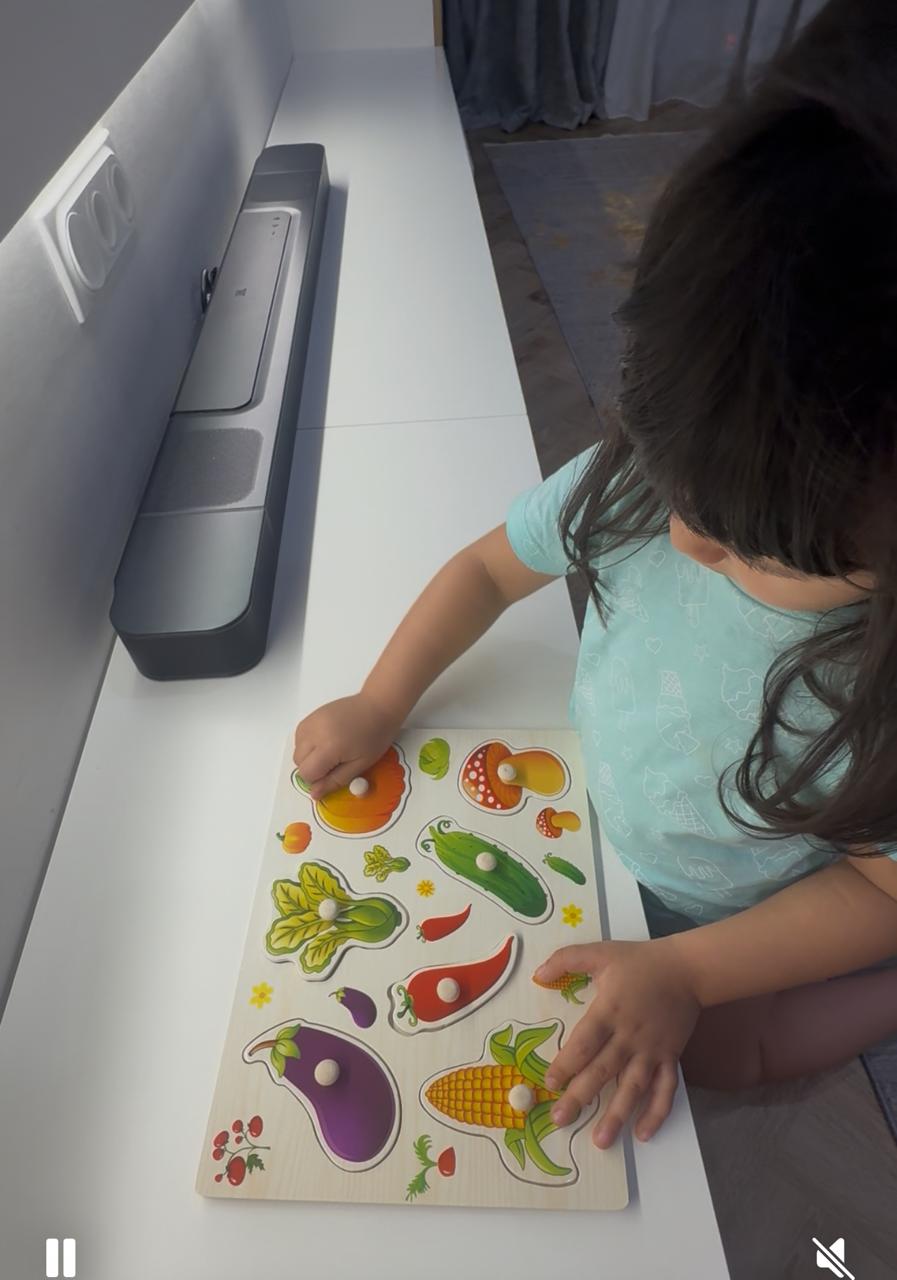
Dilana’s mother Read More

Irina and Stefan – Ilya’s parents Read More

Kristina – mother of Nelly and Nik Read More
